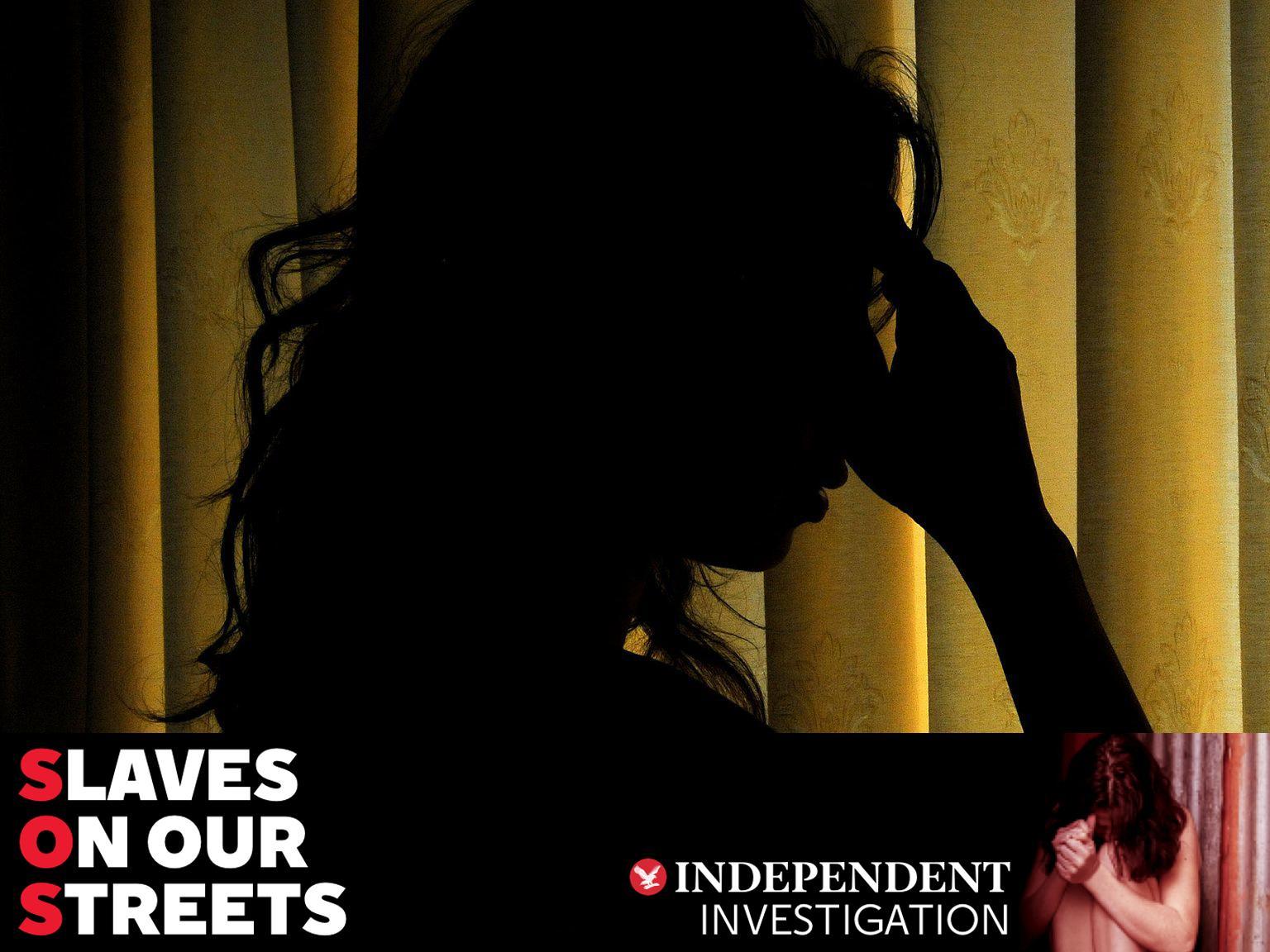Slaves on our Streets: How the National Referral Mechanism works to prevent modern slavery
Government’s system seeks to formally identify victims of modern slavery

Since 2009, the National Referral Mechanism (NRM) has been the Government’s system for formally identifying victims of modern slavery. Its definition includes human trafficking, servitude and forced or compulsory labour.
To be assessed, the potential victim has to consent to be referred by an anti-slavery NGO like the Salvation Army, police, or government agencies such as UK Visas and Immigration or a local authority.
The Home Office and a special unit called the UK Human Trafficking Centre receive the referrals and must decide – based on a range of evidence – whether to class that person a victim of slavery. They aim to do that within 45 days.
Why would somebody want to be formally identified in this way?
During the process, the victim can access legal and financial assistance as well as psychological support and safety measures, such as being placed in a safe house.
If they are found to be a victim of trafficking or slavery, the Home Office can grant leave to remain in the country for a discretionary 12 months or longer.
Not all cases of exploitation meet the definition, however. The NRM has also come in for criticism for not doing enough for the victims of modern slavery, whose immigration statuses often hang in the balance, and for being difficult to understand and use.
Join our commenting forum
Join thought-provoking conversations, follow other Independent readers and see their replies
Comments